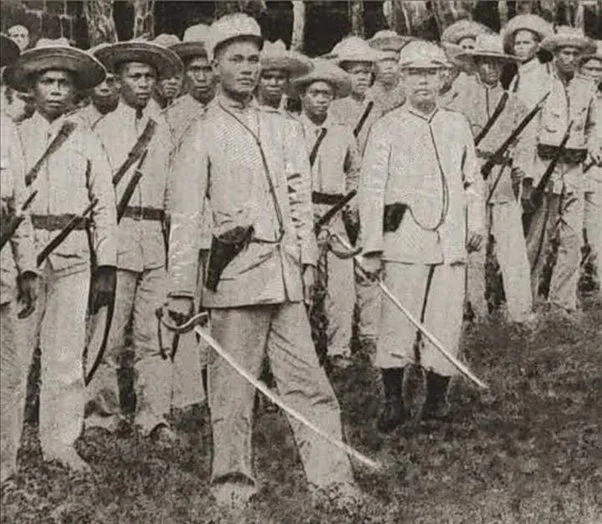
Esgrima’s Bloody Trail
Sword, Bolo/Machete and Stick-fighting
Luzon Arnis
The word arnis comes from the old Spanish “arnés” meaning armor / harness. When the Spaniards conquered what is today the Philippines, they brought their arsenal of swords, polearms, armor, ships, and guns as well as the skills to use them. Eventually the arnés came to mean one’s fighting gear. In the Colonial Filipino context this would have been sibat (spear), balila (sword-club), tabak (sword) and itak (bolo knife). In the colonial wars, revolts, tribal conflicts, duels, and revolution - the Filipinos used their arnis to fight for their personal gain and the advancement of their peoples.
Esgrima de Machete
The Machete is a descendant of both Spanish and West African blades. After the invasions of Spanish Conquistadors, European blade fighting skills began to proliferate amongst the Criollos and upper-class Mestizos. Local blade forms began to take shape. West African Maroons, free men and slaves cultivated the fighting skills of West Africa and combined with European influence, grew to be exceptional in their stick and machete fencing. In many of Latin America’s revolutions and wars, Afro-Latino macheteros displayed their courage and skill in blade-fighting. In the 1800s Caste War of the Yucatec Maya, which nearly defeated the Spanish, modern guns and machetes were the main weapons.

To be continued…




